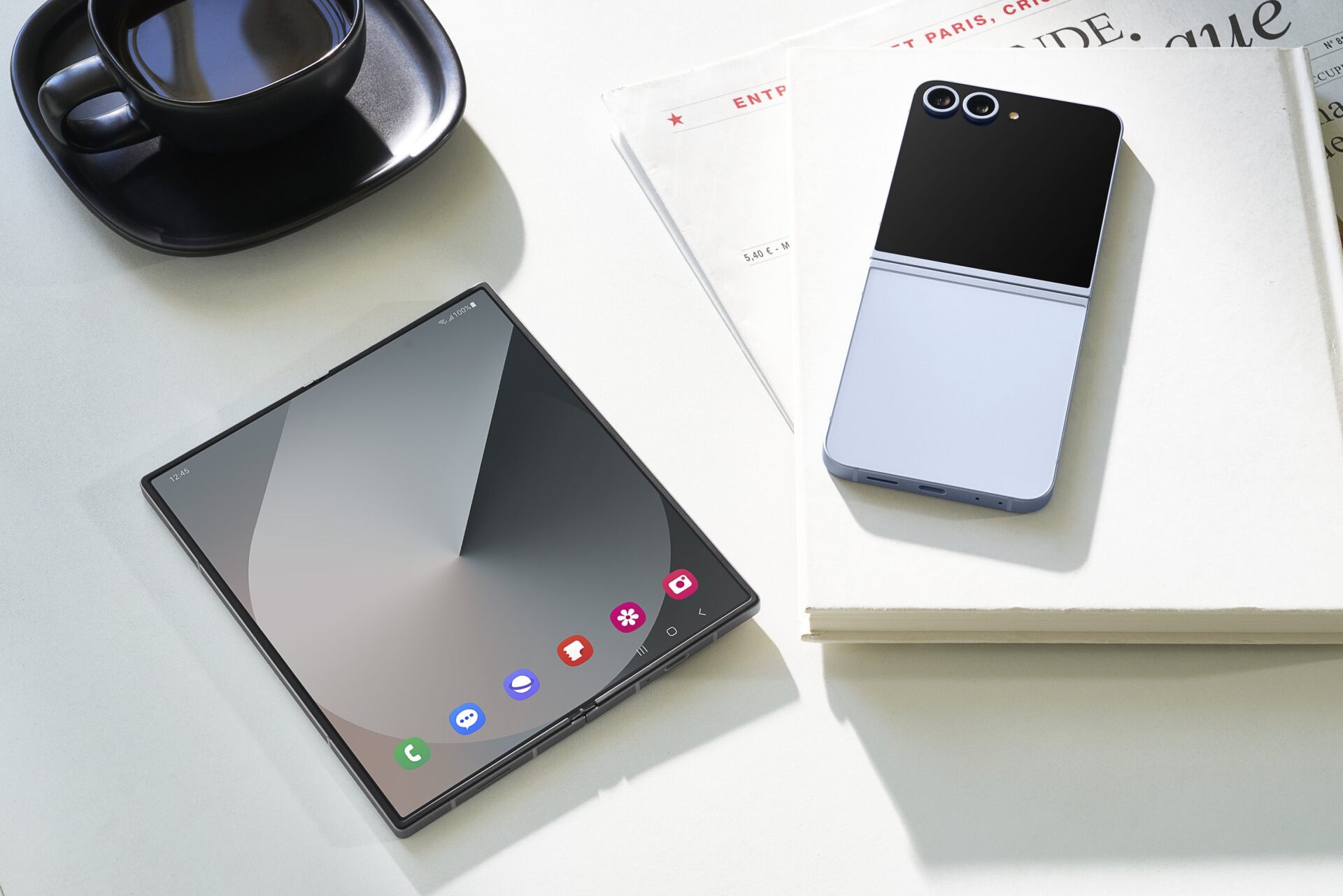
Samsung has taken the wraps off its new Galaxy Z Fold 6 and Galaxy Flip 6 foldables that come packed with a new suite of AI features that it hopes will get more users switching to these high-priced flagship models.
The two devices, unveiled just a short while ago in an annual update, are the slimmest and lightest foldable gadgets from the Korean manufacturer, which is facing increasing competition from Chinese brands such as Huawei, Honor, Oppo and Xiaomi.
The improvement is clearest on the larger Galaxy Z Fold 6, which now weighs 239g, down from last year’s 253g and closer to the candy-bar-shaped Galaxy S24 Ultra’s 232g.
In other words, the new Galaxy Z Fold 6 with a foldable 7.6-inch main screen and a 6.3-inch cover screen doesn’t add much more weight into your pocket or bag than if you’re bringing a top-end candy-bar phone.
This is a crucial breakthrough, since one important barrier to more people taking up the large tablet-like foldable screen offered by earlier Galaxy Z Fold phones has been their weight.
Okay, the dual screens still mean that a foldable phone will usually be larger than a traditional one with a single screen, but you get additional display real estate that lets you watch videos much more comfortably, easily work on videos or even edit Excel files.
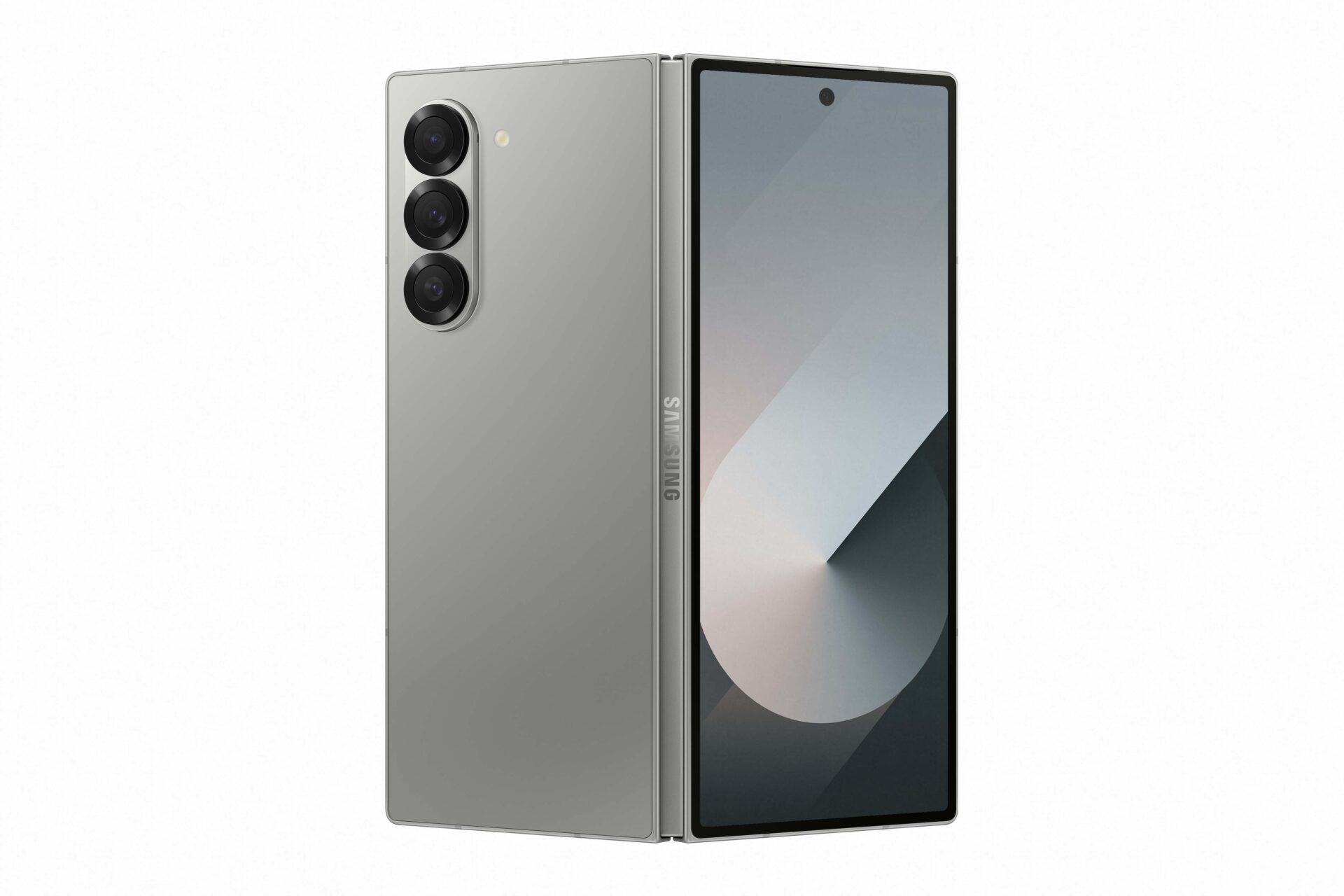
The more streamlined designs this year also help. Noticeably, the Galaxy Z Fold 6 comes with sharp edges instead of rounded ones, making for a more updated and eye-catching look.
The screen size has remained the same as before and the Dynamic AMOLED 2x display used in both screens on the new foldable offers 120Hz refresh rate for a smooth experience. In truth, there’s little for Samsung to change up there.
On the smaller Galaxy Z Flip 6, little has changed as well for the screens. The main foldable display is a 6.7-incher with 120Hz support, while the 3.4-inch cover screen offers a more prosaic 60Hz. The flip phone weighs 187g now, exactly the same as last year’s model.
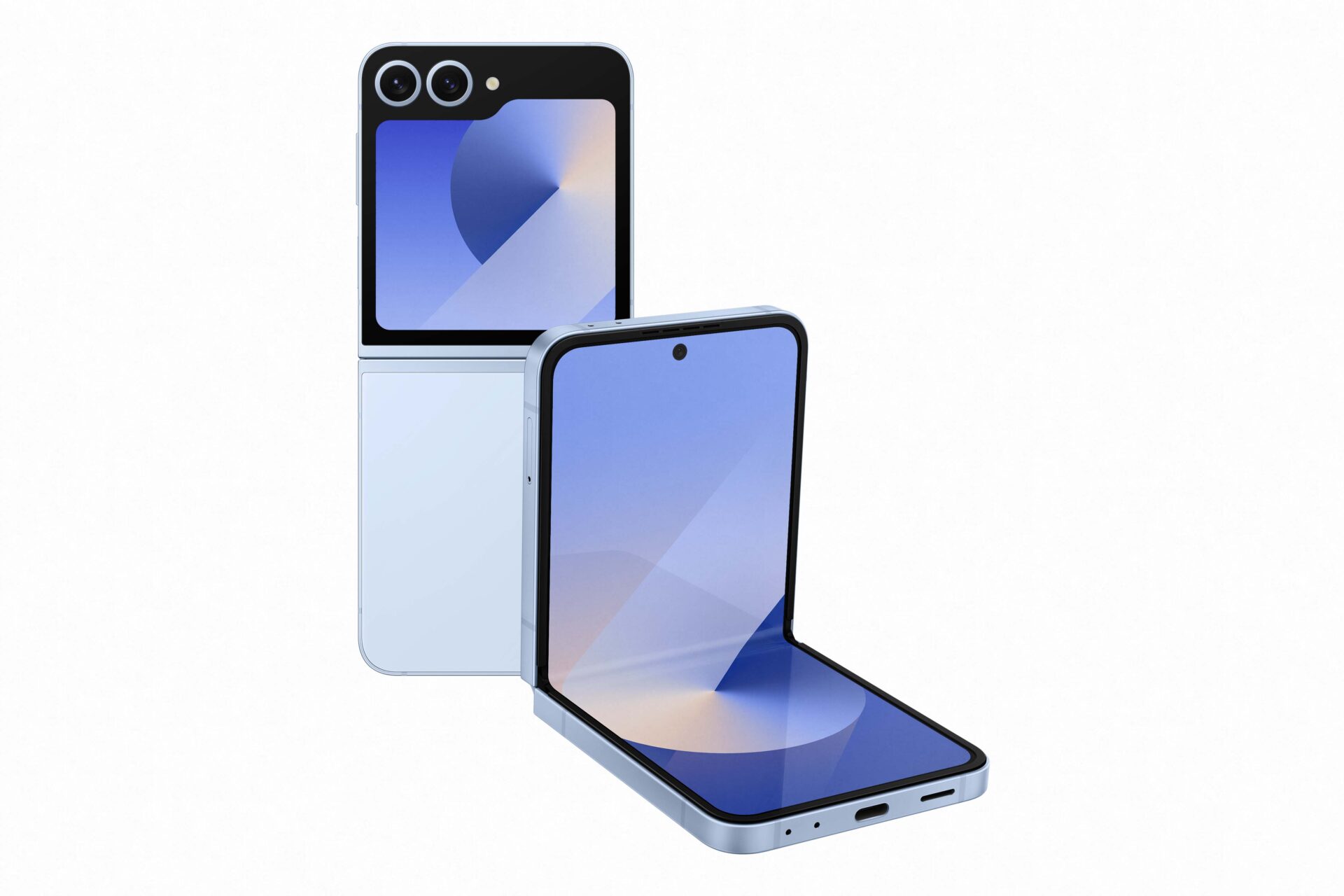
What Samsung has bumped up for both new phones is more protection. Now, you get beefed-up Armor Aluminum, which is incorporated into the frame and hinge housing of the devices.
There’s also Gorilla Glass Victus 2, for good measure. Good news, if you’re the type of user who has butter fingers and don’t keep your phones from damage for long.
What Samsung is also keen to highlight are the new AI features built into the two new phones, since everything is about AI these days.
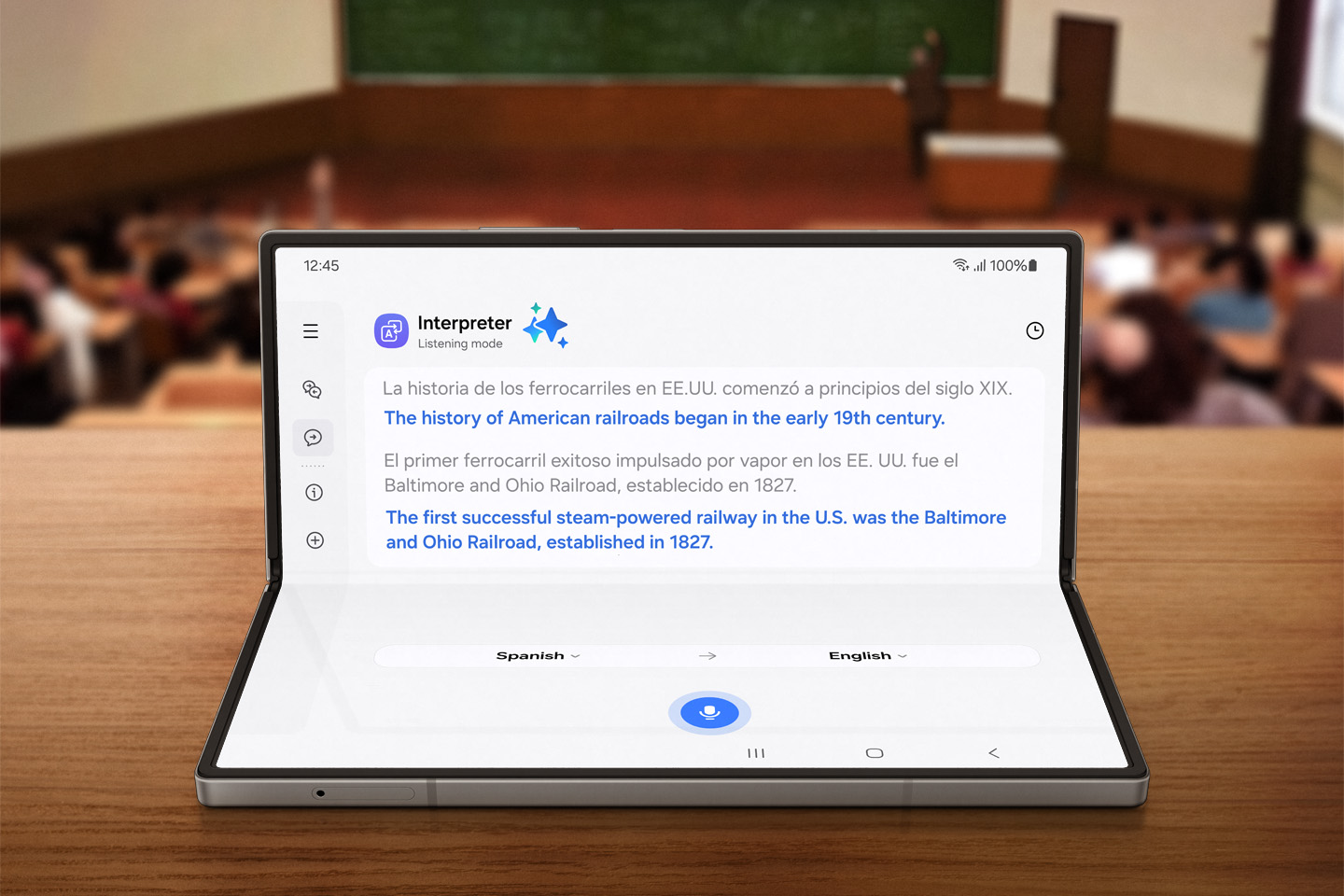
Note Assist, for example, helps translate, summarise and format meeting notes on the Galaxy Z Fold 6. This way, you don’t have to spend time working out what was said during a coffee meet.
Then, there’s an AI-powered tool that lets you sketch a random image, say, a flower or a bird, and have AI generate something that is closer to a real painting. In other words, the worst doodlers can get AI to help them create an attractive image.
I tried this feature at a Samsung preview last week and it was impressive how an ugly sketch of, say, Mickey Mouse (mine), could be turned into a cute cartoon character.
Obviously, Samsung won’t create the famous mouse for copyright reasons, but it has other interesting alternatives, even if they are created from the less-than-helpful input from a guy who struggled to pass Art in school.
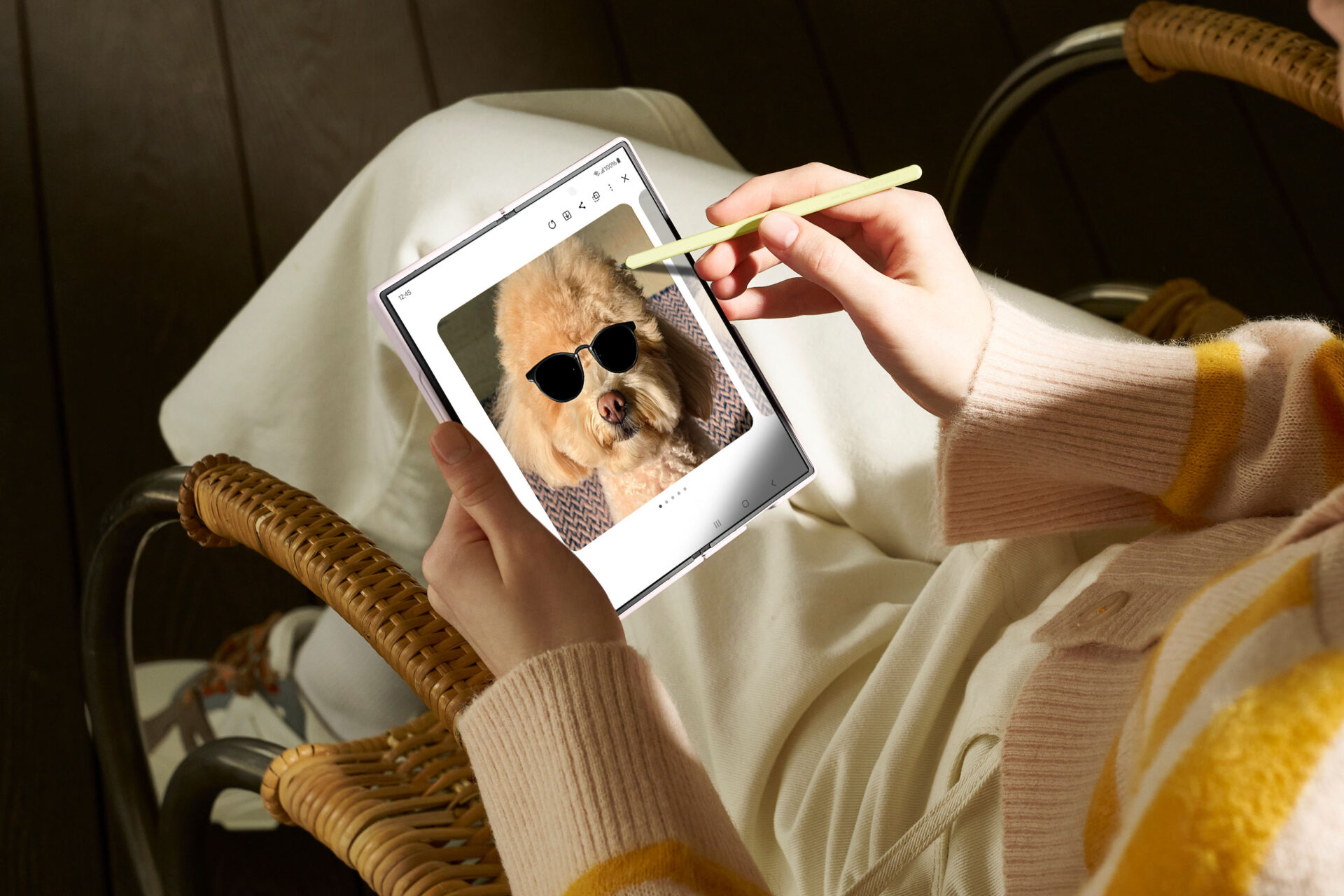
Yet another useful AI tool is Interpreter, which makes use of the dual screens on the new Samsung devices to make a real-time conversation in different languages more natural.
By folding up a Samsung foldable into an L shape, you can use its “live translate” AI feature to instantly show the translated words on each other’s screen after each party has spoken.
This way, you don’t have to pass the phone to each other to see a reply. Yes, a problem overcome by the dual screens on the new foldables.
To be honest, there are simply too many AI features to list here. The Galaxy Z Flip 6, for example, comes with a feature called Photo Ambient to change the wallpaper in real time based on the time and weather. It’s a neat trick to make the phone more personalised.
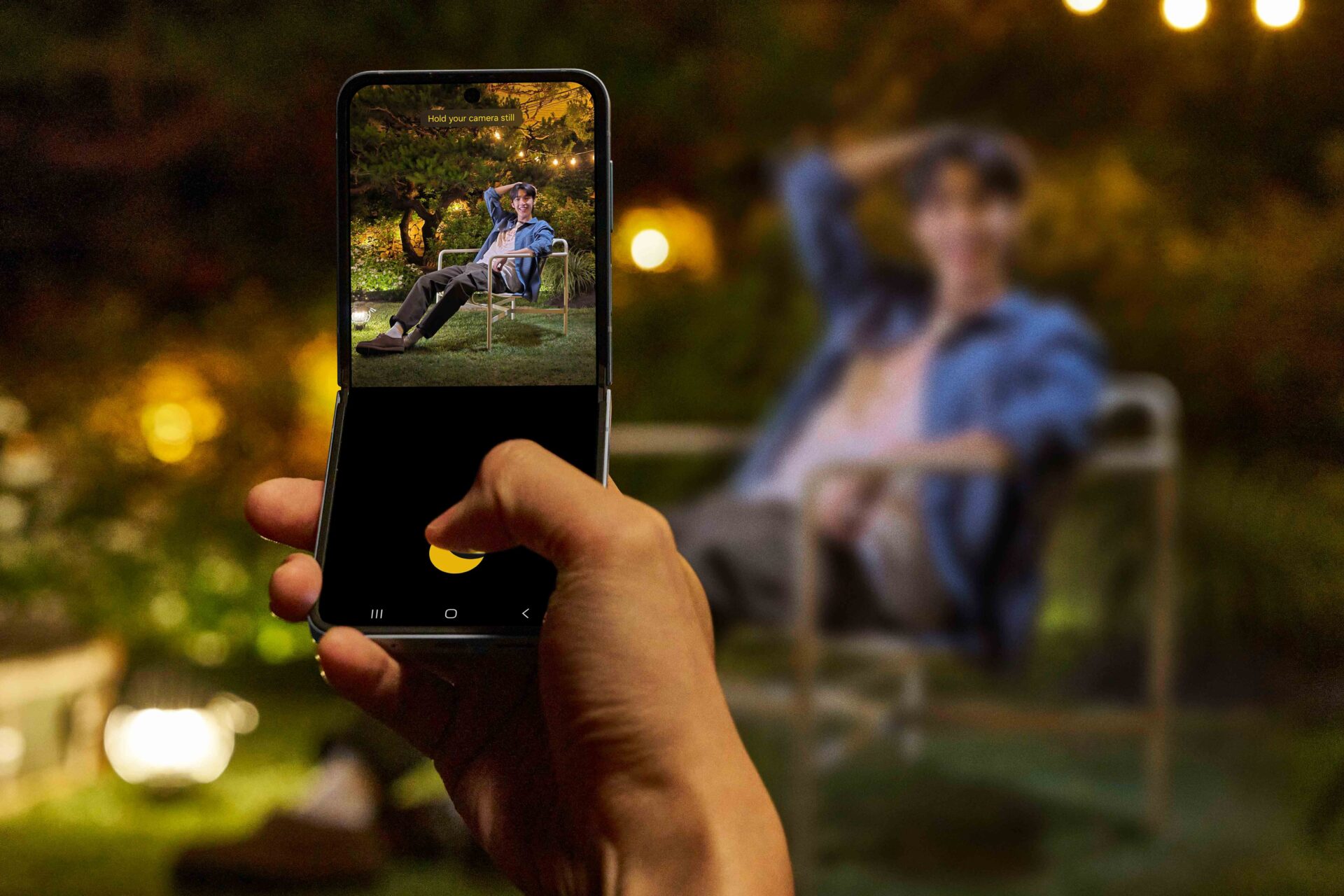
When it come to photography, AI is big too, by taking over as you’re framing a person in a shot. The Auto Zoom feature will automatically zoom in or out to frame your subject, depending on whether a backdrop is interesting enough to be included.
Yes, it’s hands-free and “smart”, though you wonder whether you’re actually taking a photo these days. It seems AI is being the creative one here, not the user.
Speaking of photography, the new phones sport new cameras that come with a neater – though larger – camera array at the back. With great power comes… a greater camera bump.
The Galaxy Z Fold 6 now sports a 10-megapixel front selfie camera and a 4-megapixel under-display camera that should work great for Zoom calls.
For most of your actual shots, you’d rely on a triple-camera array in the rear, which consists of a 12-megapixel ultrawide camera, a 50-megapixel wide-angle camera and a 10-megapixel telephoto camera for the occasional zoomed-out shot.
What Samsung is selling is that you’d get solid photography even on your foldable phone, so you can safely ditch your old candy-bar ones and spend more on these new foldables.
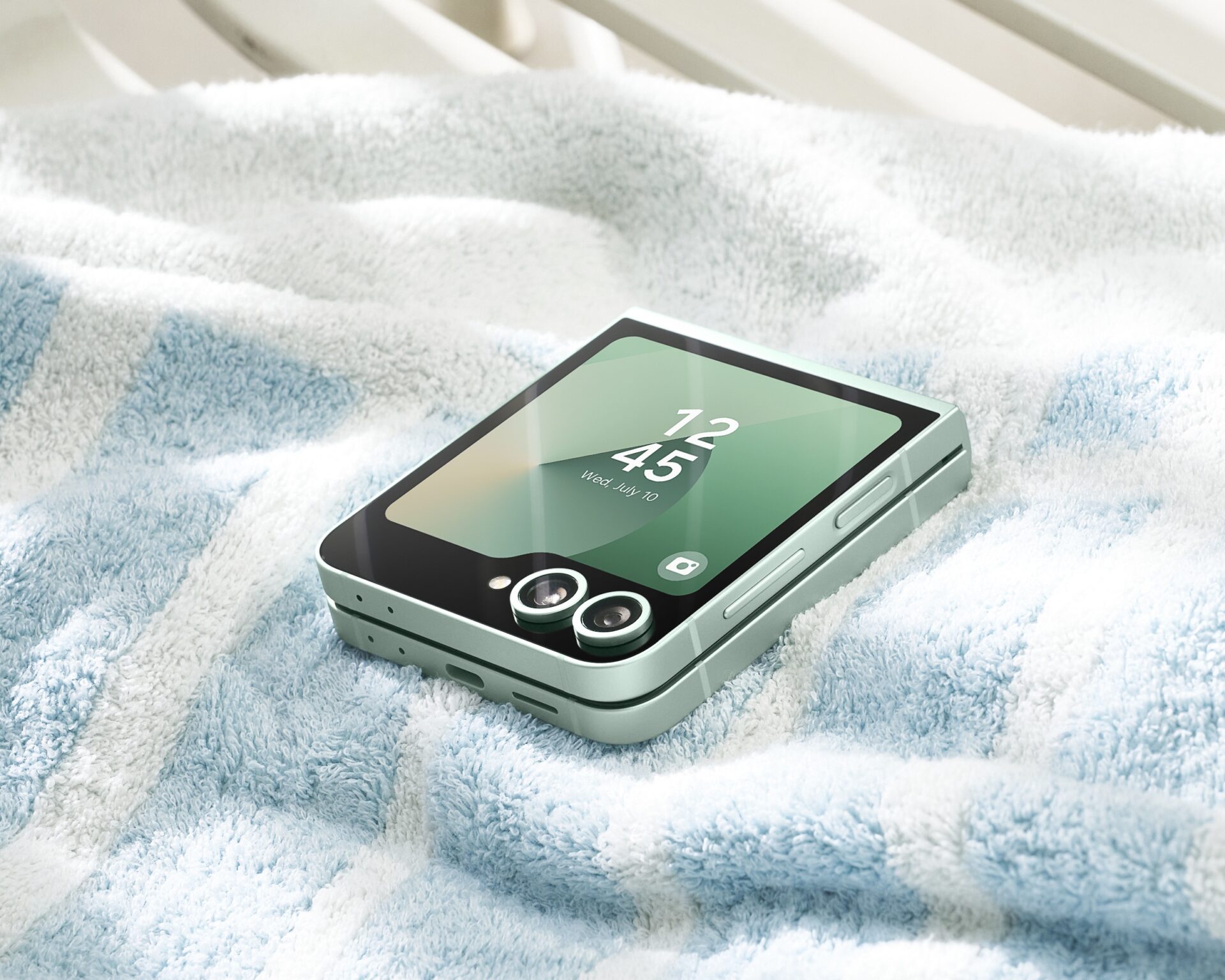
Even the smaller Galaxy Z Flip 6 comes with a pretty impressive photography capabilities. You get the same 10-megapixel front selfie camera, along with the 12-megapixel ultrawide camera and 50-megapixel wide-angle camera in the rear of the phone. We’d try out the phones later to see if they live up to expectations.
To run all these AI and photography features, Samsung has unsurprisingly thrown in the kitchen sink again in these flagship models.
On both the new Galaxy Zs, the latest Qualcomm Snapdragon 8 Gen 3 chip is paired with 12GB of memory. The smaller Galaxy Z Flip 6 offers 256GB or 512GB storage, while the larger Galaxy Z Fold 6 comes with either 256GB, 512GB or 1TB.
Interestingly, both phones pack a 4,000mAh dual battery, which promises to be 50 per cent juiced up in around 30 minutes by a fast charger. That’s handy if you’re rushing to the airport, for example.
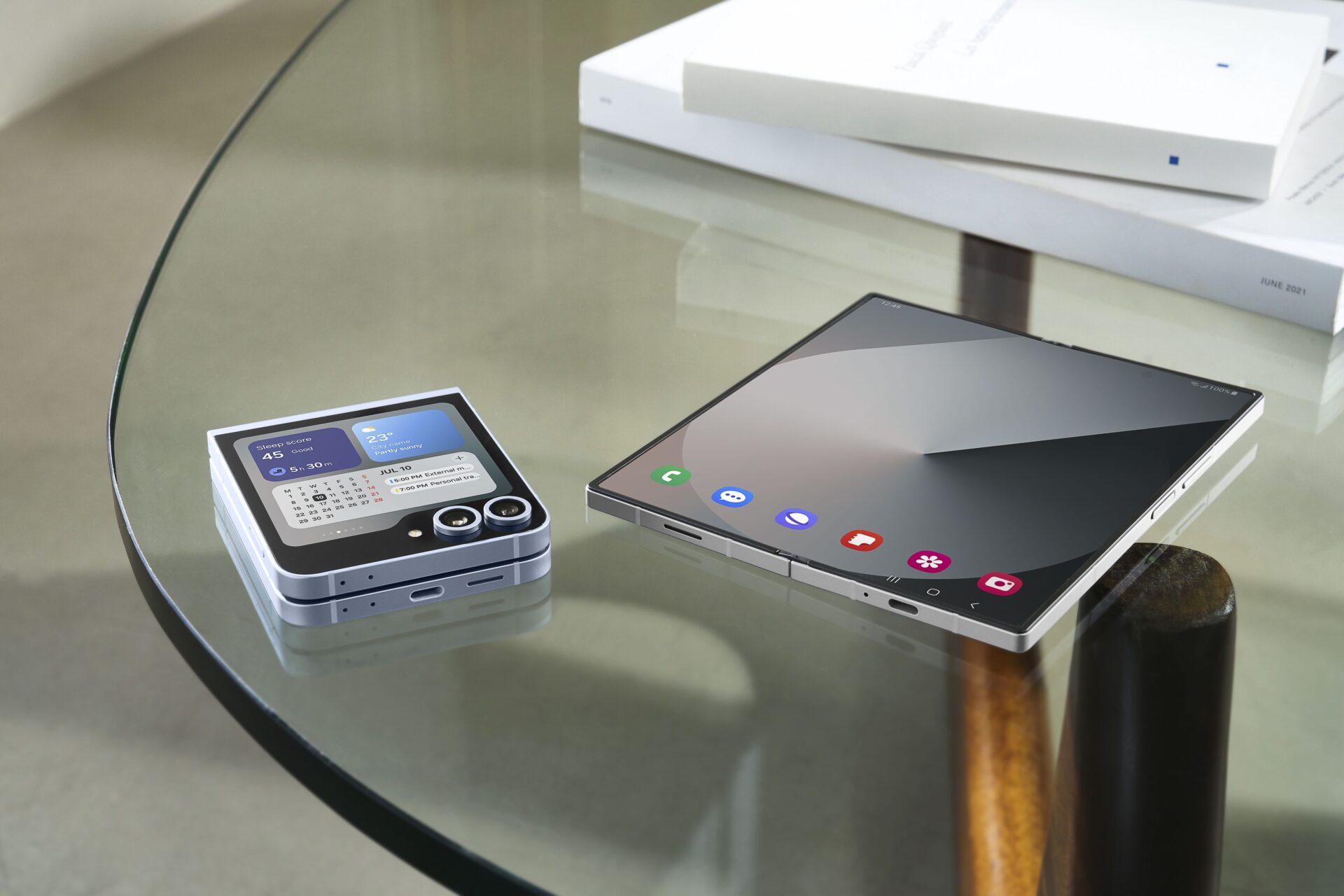
So, another year, another small update for Samsung’s foldable lineup? True, in many ways. That said, the incremental improvements have certainly edged these phones more into the mainstream.
Previously, it was water-proofing, or bumped-up camera capabilities and AI that closed the gap with regular candy-bar phones.
This year, you could argue that the design looks a lot sleeker, especially with the Galaxy Z Fold 6, which could prompt some owners of high-end candy-bar phones to switch.
What of Samsung’s Achilles’ Heel? Has it flattened the crease in the middle of its foldable screens, something that Chinese phone makers have worked hard at?
On the new Galaxy Z phones, you can still detect a slight indentation, at least during a quick check during the media preview last week. However, you really only detect it by looking for it; otherwise, you barely see it if you’re viewing content.
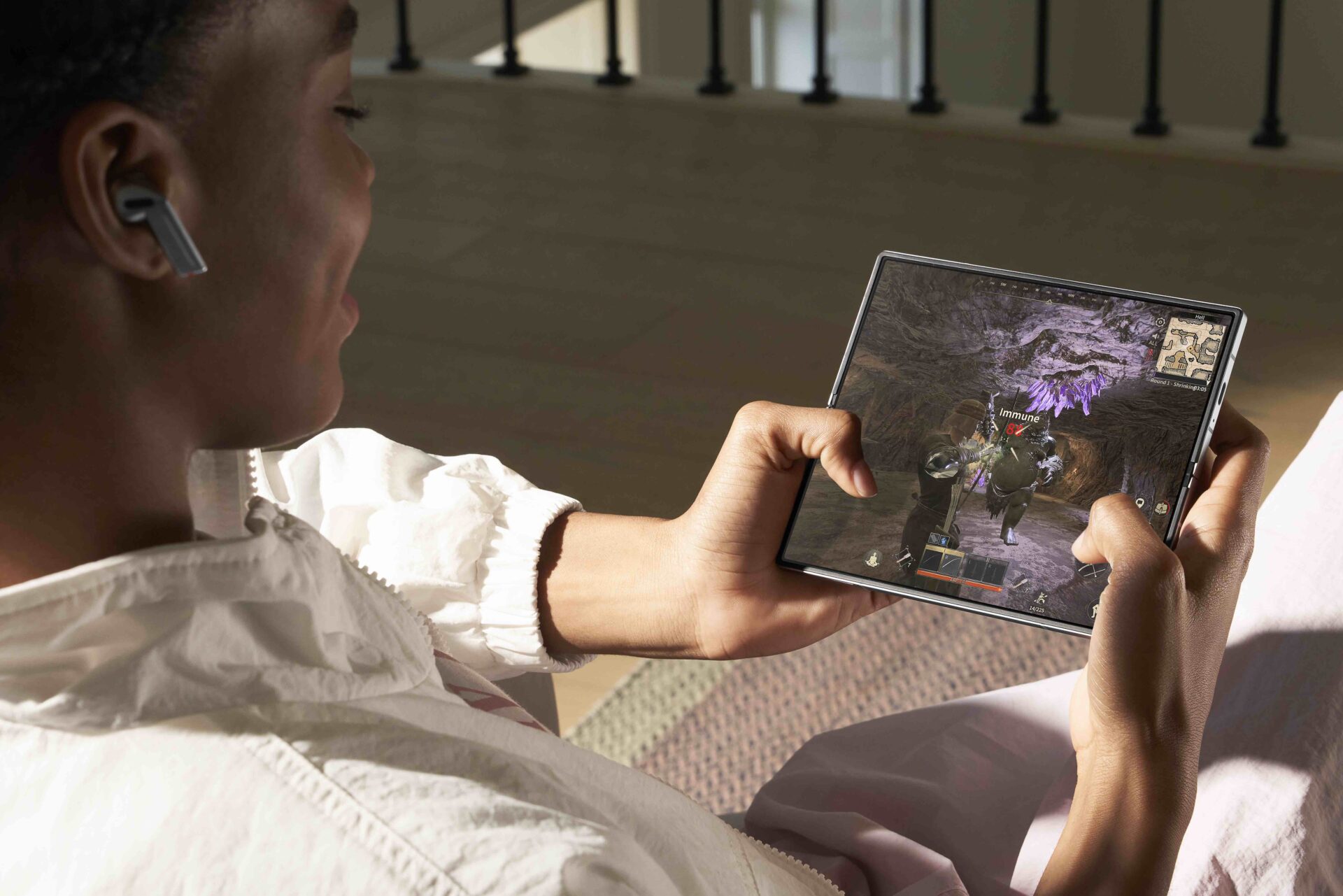
To be sure, the new Samsung phones will come as no surprise to many users who have seen previous foldable models.
However, when it comes to actually making people buy one, this year’s Galaxy Z Fold 6 and Galaxy Z Flip 6 are yet again inching many undecided users closer to their first foldable phone purchase.
The only issue, once again, is price. The Galaxy Z Fold 6 is going for S$2,548 for the basic 12GB/256GB model. A mid-range 12GB/512GB version costs S$2,728 and a top-end 12GB/1TB one goes for S$3,088. Yes, costlier than an AI PC.
The smaller Galaxy Z Flip 6 is cheaper, though it’s still expensive. It starts from S$1,648 for the 12GB/256GB model and goes up to S$1,828 for the 12GB/512GB one.
It’d be a smart move to get it from a shop that offers discounts from Day One or buy one from a mobile operator, if you don’t mind being tied to a contract.
CORRECTION at 12/08/2024, 3:05pm: An earlier version of the article stated the wrong memory size for the Galaxy Z Flip 6. This has been corrected in the updated article. We are sorry for the error.






